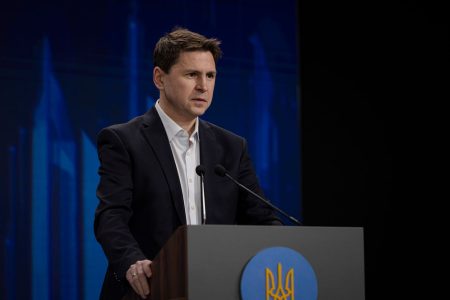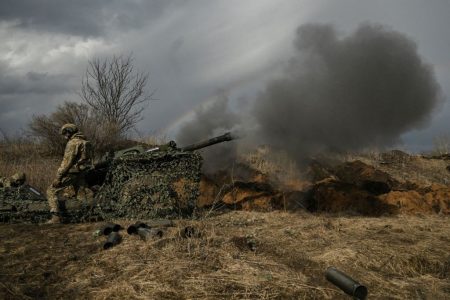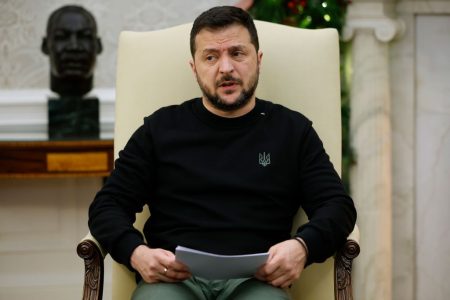were spotted heading toward the capital of Ukraine. What made this attack unique was the use of hypersonic missiles, specifically the Zircon missile, which is Russia’s latest and most advanced weapon in its arsenal. These hypersonic missiles travel at speeds exceeding Mach 5, making them extremely difficult to defend against and giving very little time for interception.
The Zircon missile has been in development for years and is now being deployed by the Russian military. It is intended to be used against both land and sea targets, with a range that allows it to strike targets over long distances. The hypersonic speed of the missile makes it nearly impossible for current missile defense systems to effectively intercept it, posing a significant threat to any potential targets.
The use of hypersonic missiles like the Zircon represents a new era of warfare, where speed and accuracy are prioritized over traditional defense mechanisms. The ability of these missiles to maneuver at such high speeds and strike targets with precision makes them a formidable weapon on the battlefield. This shift in military technology has forced countries around the world to reevaluate their defense strategies and invest in new technologies to counter the threat posed by hypersonic missiles.
Despite the advancements in hypersonic missile technology, there are still challenges that need to be addressed. One major concern is the high cost of developing and deploying these weapons, as well as the difficulty in manufacturing them at scale. Additionally, there are concerns about the accuracy and reliability of hypersonic missiles, as a small error in targeting could have catastrophic consequences. These challenges highlight the need for continued research and development in order to fully realize the potential of hypersonic missiles.
The use of hypersonic missiles like the Zircon also raises questions about the future of international security and arms control agreements. With the development of these advanced weapons, there is a growing concern about the potential for a new arms race among major military powers. The lack of effective defenses against hypersonic missiles further complicates efforts to prevent the proliferation of these weapons and maintain global stability.
In conclusion, the emergence of hypersonic missiles like the Zircon represents a significant advancement in military technology that has the potential to reshape the way wars are fought. The speed, precision, and lethality of these weapons pose a major challenge to traditional defense systems and require new strategies to counter the threat they present. As countries continue to invest in the development and deployment of hypersonic missiles, it is essential for the international community to address the challenges and risks associated with these advanced weapons in order to maintain peace and security in the world.















